Archaeological sites in the Sacred Valley of the Incas
Machu Picchu is no longer the only reason to visit Cusco in the Andes of Peru. Now, the Sacred Valley of the Incas is one of the region’s most touristic places. This is due to the region’s importance enjoyed in the Inca Empire. Today, this extensive territory offers picturesque nature, traditional villages, adventure sports, and archaeological remains of great importance. What Inca constructions were built by the Incas and survive to this day? Learn more about the archaeological remains in the Sacred Valley.
- The Sacred Valley of the Incas
- Pisac Archaeological Park
- Ollantaytambo Archaeological Ensemble
- The platforms of Moray
- Chinchero Archaeological Center
- Huchuy Qosqo Archaeological Site
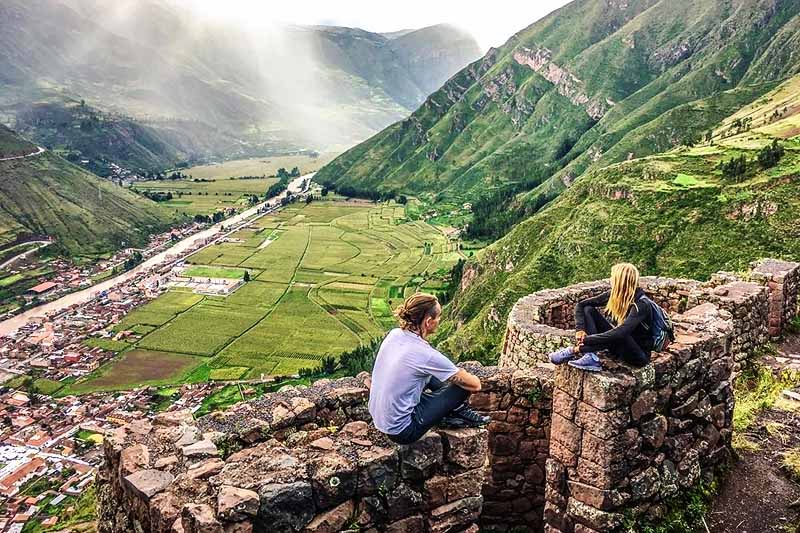
Enjoy these incredible archeological sites in the Sacred Valley
The Sacred Valley of the Incas
This valley has some of the most productive agricultural lands and most traditional villages in the region. Since before the time of the Incas, this territory enjoyed great importance. As a result, important Inca palaces, cities and even agricultural laboratories were built. Today, these sites are one of Peru’s main tourist attractions. Discover the history of the Incas through the most important archaeological remains of the Sacred Valley.
The Cusco Tourist Ticket includes most of the archaeological centers of the Sacred Valley of the Incas such as the Archaeological Park of Pisac, the Archaeological Ensemble of Ollantaytambo, the terraces of Moray and the Archaeological Center of Chinchero.
Pisac Archaeological Park
The Archaeological Park of Pisac (34 kilometers from Cusco) are Inca constructions scattered high in the mountains above the town of Pisac. Although its function is not defined with certainty, it must have been inherited from Pachacutec who would have ordered its construction. The enclosure has platforms, deposits, rooms, squares and imposing towers that earned it the name of ‘City of Towers’. There were also hanging bridges whose bases are still maintained and a sundial or ‘Intihuatana’ that has some similarities with the attraction of Machu Picchu.
According to Cusco historian Victor Angles Vargas, this archaeological center is equidistant from the city of Cusco and the Piquillaqta precinct. Due to its location at the highest point of the site (3,300 meters above sea level (m.a.s.l.), the archaeological remains did not suffer much damage and have been preserved in good condition until today. To visit the Archaeological Park of Pisac, you must purchase the Cusco Tourist Ticket. The opening hours are from 07:00 a.m. to 06:00 p.m.
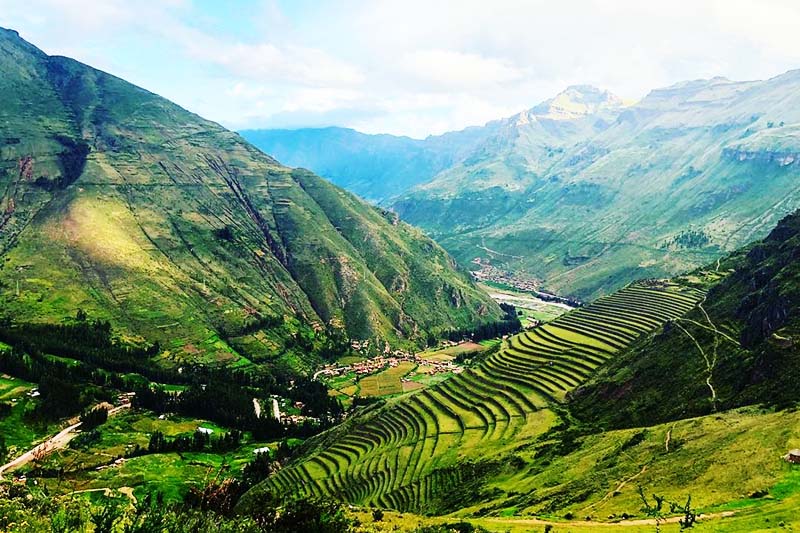
View of the cultivation terraces of the Pisac Archaeological Park.
Ollantaytambo Archaeological Ensemble
The archaeological site of Ollantaytambo (64 kilometers from Cusco) was an Inca urban center and ceremonial precinct. It also served as a fortress during the resistance of Manco Inca, one of the last Inca leaders. The governor Pachacutec was the one who ordered the construction of Ollantaytambo as well as the town at the foot of the enclosure, which maintains the Inca urban design. Today, it continues to be populated based on its ancient structures. Today, it receives hundreds of tourists for its architectural importance and for being an obligatory point on the way to the Inca citadel of Machu Picchu.
As it was the point that led to the Inca Trail to Machu Picchu and the Antisuyo, colcas (warehouses) were built on the slopes of the mountains for supply. The stones used to build the walls of their enclosures are of great size. Among its main constructions are the Temple of the Sun, with walls up to 3 meters high. The Royal House of the Sun, the Enclosure of the ten Hornacinas, the Monumental Front and the Bath of the Ñusta (a water fountain of great quality and size) also stand out. The visit is included in the Cusco Tourist Ticket. The tours are made from 07:00 a.m. to 06:00 p.m.
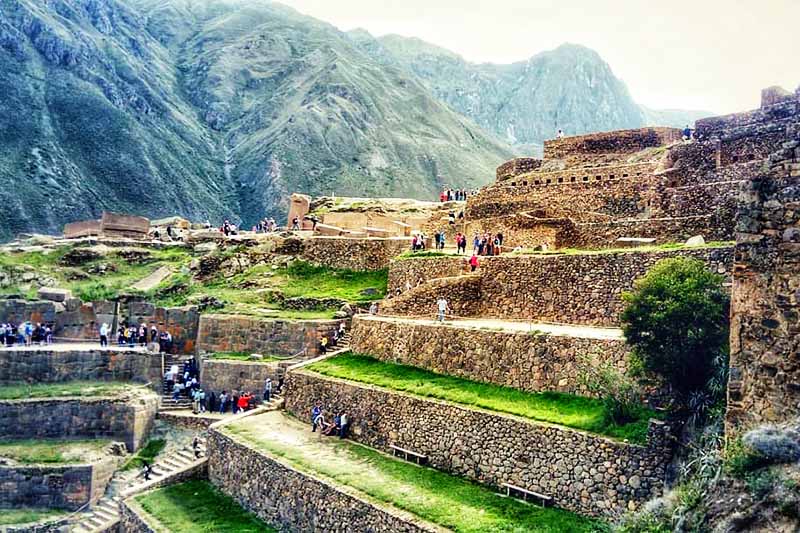
View of Ollantaytambo Archaeological Ensemble
The platforms of Moray
The terraces of Moray are actually an agricultural study center of great importance during the Inca Empire. It is located 49 kilometers from the city of Cusco. Its circular terraces created a variety of microclimates where various agricultural products were cultivated and where the coca leaf prevailed. Due to its imposing structure in the form of an amphitheater, it is one of the most popular tourist attractions in the region.
Each terraced roof overlaid on top of the other created a microclimate for the cultivation of processed products in different regions and climates. In total, up to 20 different microclimates have been calculated. The lower terraces have higher temperatures while the upper terraces have lower temperatures. The tour is included in the Cusco Tourist Ticket. The guided tour is from 08:30 a.m. to 04:30 p.m.
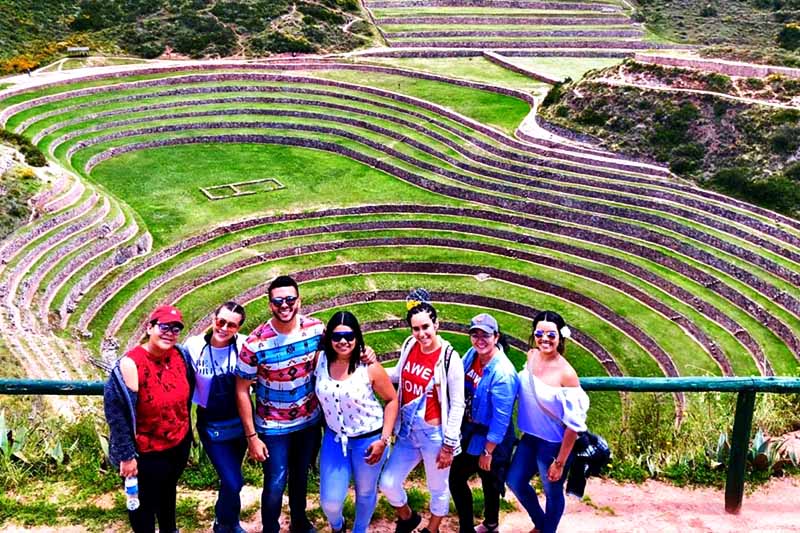
Tourists in Moray
Chinchero Archaeological Center
The Archaeological Center of Chinchero (32 kilometers from Cusco) is an agricultural center initially inhabited by the Killke culture until the Inca conquest and the subsequent construction of terraces, walls and even the palace of Tupac Yupanqui. After the Spanish invasion, the Church of Our Lady of Moserrat was built there, which remains a tourist attraction to this day. The Inca terraces are also maintained.
A variety of Inca remains such as ceramics, lithic works and even bone parts were found at the site. As a result of these discoveries, a site museum was built in the area. Admission to this important archaeological center is included in the Cusco Tourist Ticket. The opening hours are from 07:00 a.m. to 06:00 p.m.
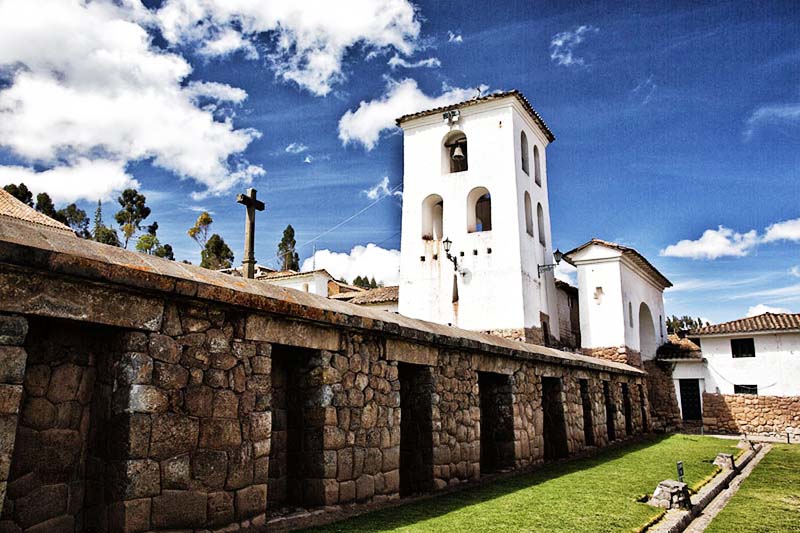
Chinchero Archeological Center in the Sacred Valley
Huchuy Qosqo Archaeological Site
The archaeological site of Huchuy Qosqo (Little Cusco) is located 47 kilometers from the city of Cusco. It is believed that it was a resting place for the Inca Wiracocha and his family and that before it had to be conquered from the various communities that lived there. Due to the greater antiquity of the constructions compared to other enclosures, there are few buildings that are still preserved. It highlights the presence of platforms and buildings up to 3 floors made of stone and adobe.
Due to the distribution of its walls with similarity to the city of Cusco, it is called ‘Little Cusco’. According to some stories, the Inca Wiracocha lived there until he was very old and his mummy was found by Gonzalo Pizarro (brother of Francisco Pizarro), who had it burned in order to maintain the power of the conquerors. In the ancient construction there was a Kallanka or rectangle of up to 70 meters long that had great importance for housing there the Inca nobility. Due to its location at the top of a plain, you have to hire a tourist service to get there through an ancient Inca road.
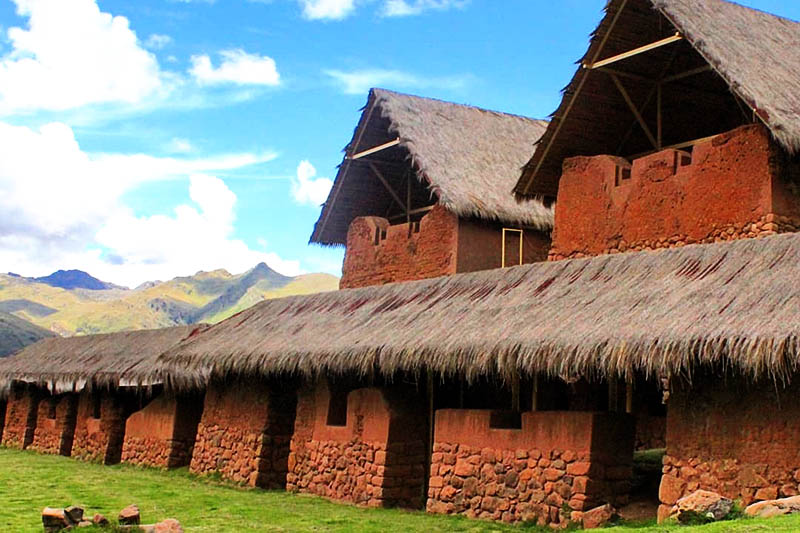
Constructions of the Huchuy Qosqo Archaeological Precinct
Advice from people who have been there
 By: Rafael H.
By: Rafael H.“An extraordinary place“
“The trip to the Sacred Valley have to visit Pisaq and Ollantaytambo. It is really overwhelming. The Inca ruins allow to understand the greatness of this empire that was so mistreated by the conquerors. It is recommended to visit Chinchero and buy alpaca wool products at very convenient prices.“
By Ticket Machu Picchu – Last updated, July 11, 2024